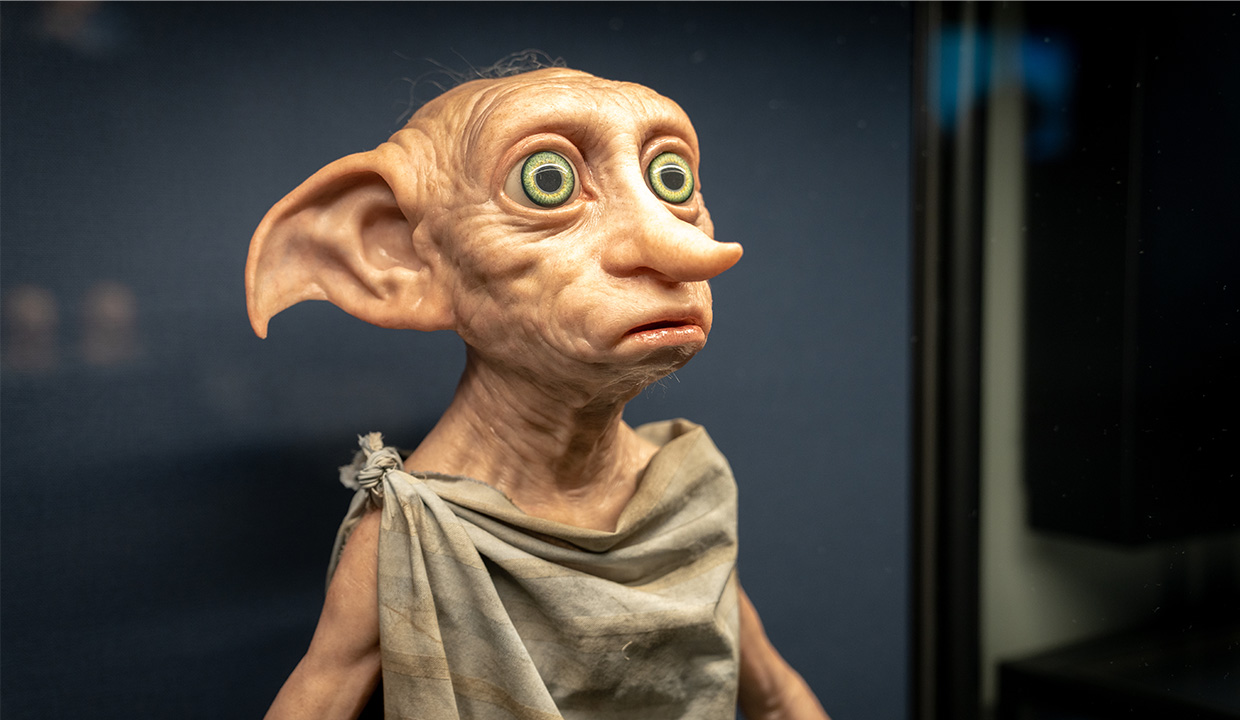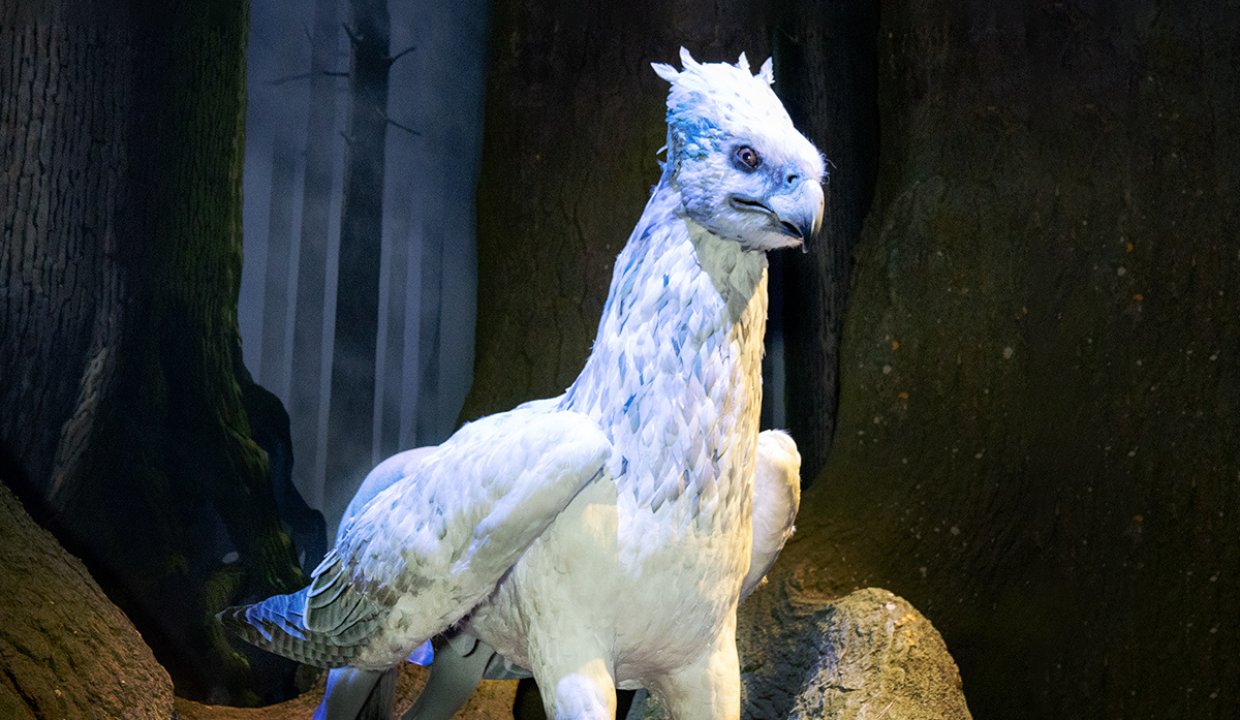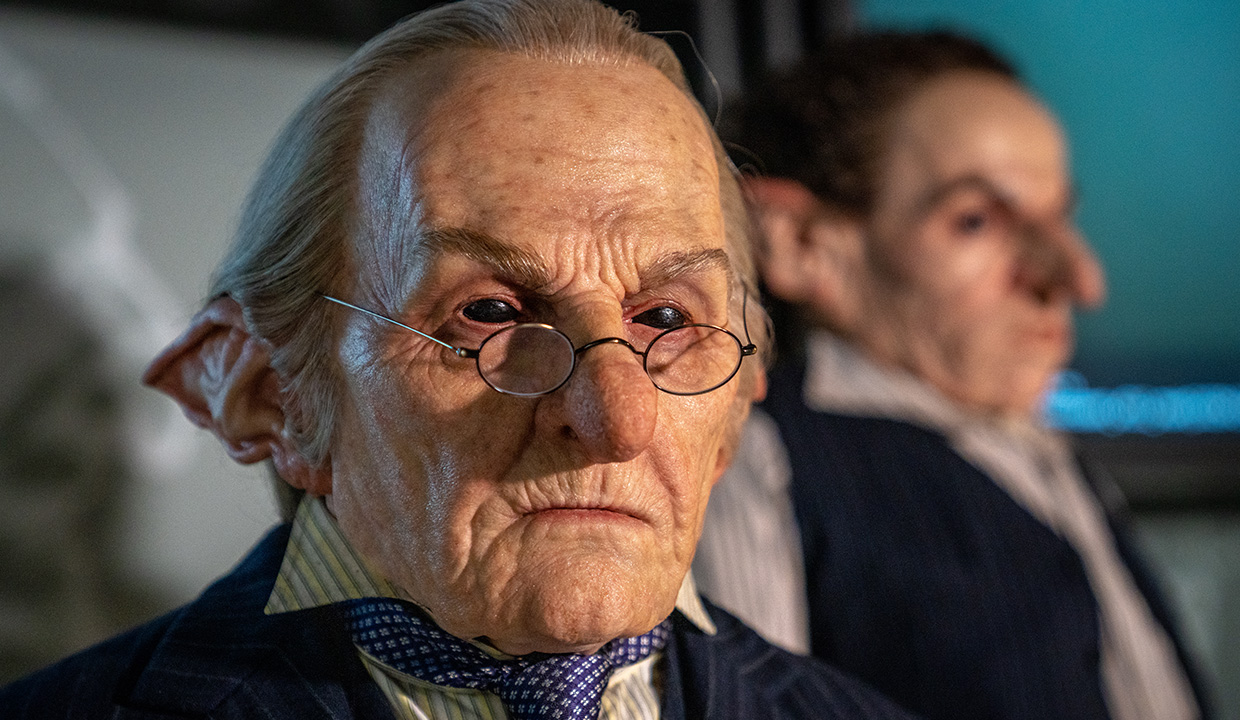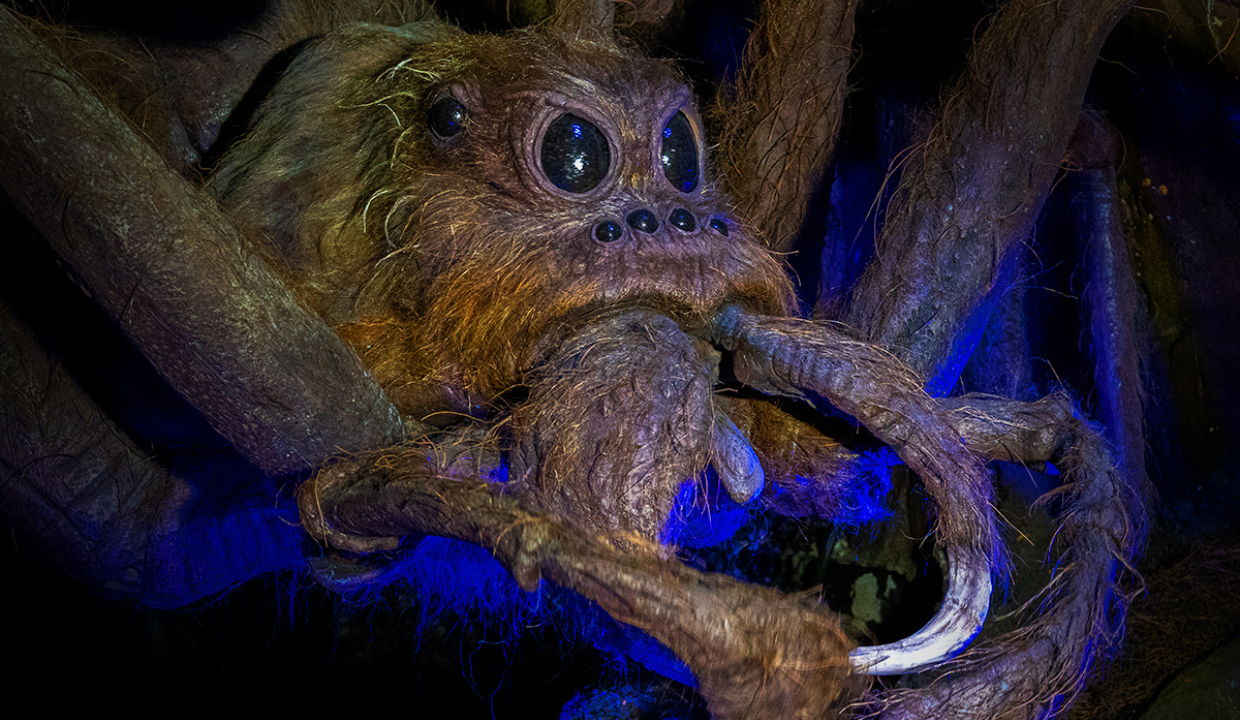
Introduced in Harry Potter and the Chamber of Secrets, Dobby was predominantly a CGI character. Filmmakers went through multiple processes and techniques to create Dobby from something as simple as a tennis ball on a stick for actors to reference on-set to a full-sized, intricately detailed physical model. Filmmakers created an incredibly detailed model of the beloved house-elf so the actors would know exactly where to look when shooting scenes with the CGI character.

Introduced to fans in Harry Potter and the Prisoner of Azkaban, Buckbeak the Hippogriff’s appearance was inspired by a number of real-life animals including golden eagles and horses. During filming, three different versions of the beloved Hippogriff were created, each to be used for unique reasons; one standing, another rearing and one lying down. No details were spared when creating the complicated animatronic creature with each feather being individually dyed and glued on by hand.

In the wizarding world, Goblins act as the tellers and officials at Gringotts Wizarding Bank. Each Goblin was given a unique look that portrayed their personality through their prosthetics and costumes. For the Gringotts scene in Harry Potter and the Deathly Hallows – Part 2, 140 make-up artists from all over Europe were needed to turn 60 actors into goblins in just four hours. Approximately 1.7 metric tonnes of silicone were used in creating the Goblin prosthetics across the Harry Potter films.

Created by the Creature Effects Team, Aragog the Acromantula had a leg span of over 5.5 metres and was even able to crawl out of a hole and deliver dialogue in Harry Potter and the Chamber of Secrets. During filming, it took over 15 people to operate the complicated animatronics that made the creature so lifelike, including some acting as puppeteers for the back legs. The hair all over Aragog was made using a number of different materials, including the bristles from brooms and pieces of coconut, each individually inserted by hand using a special needle.